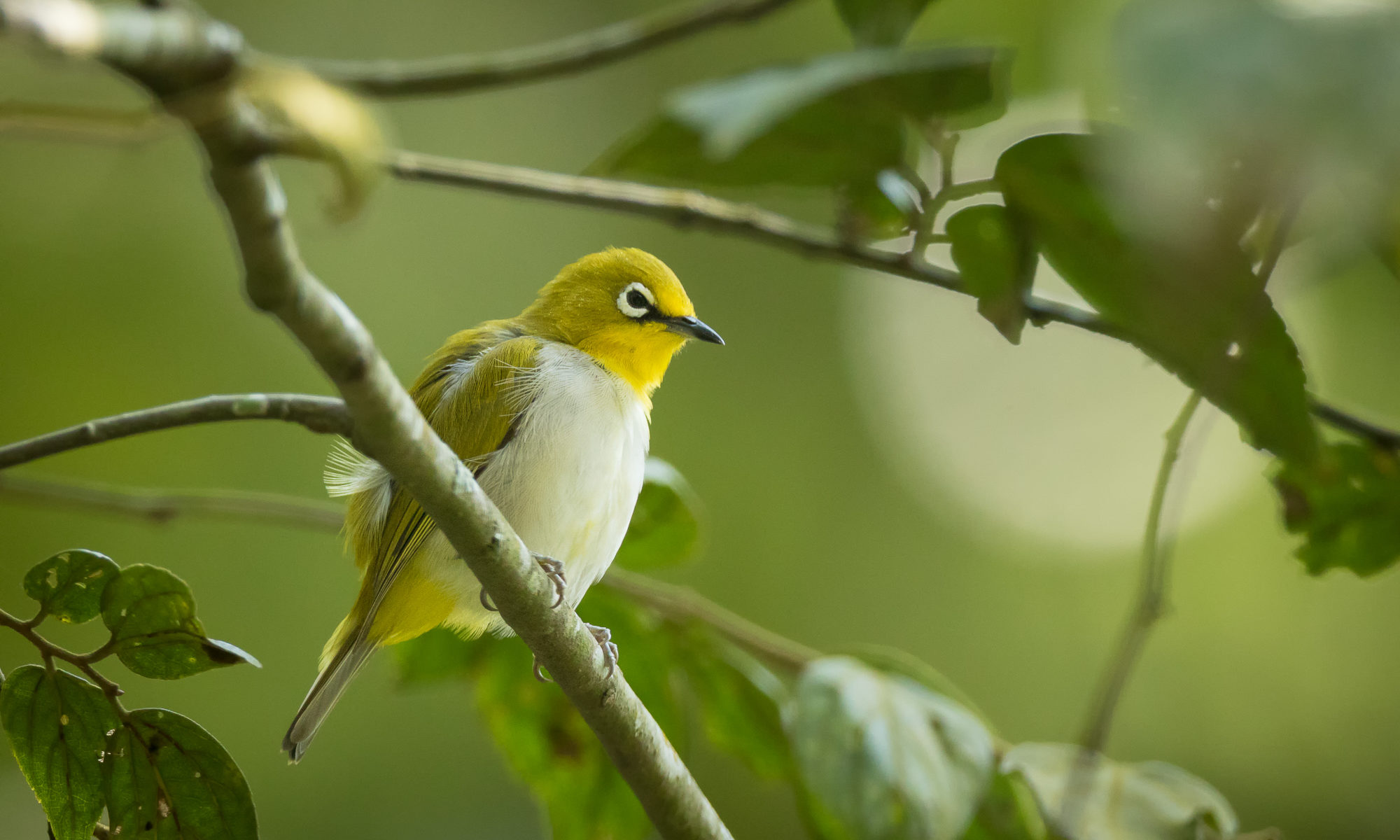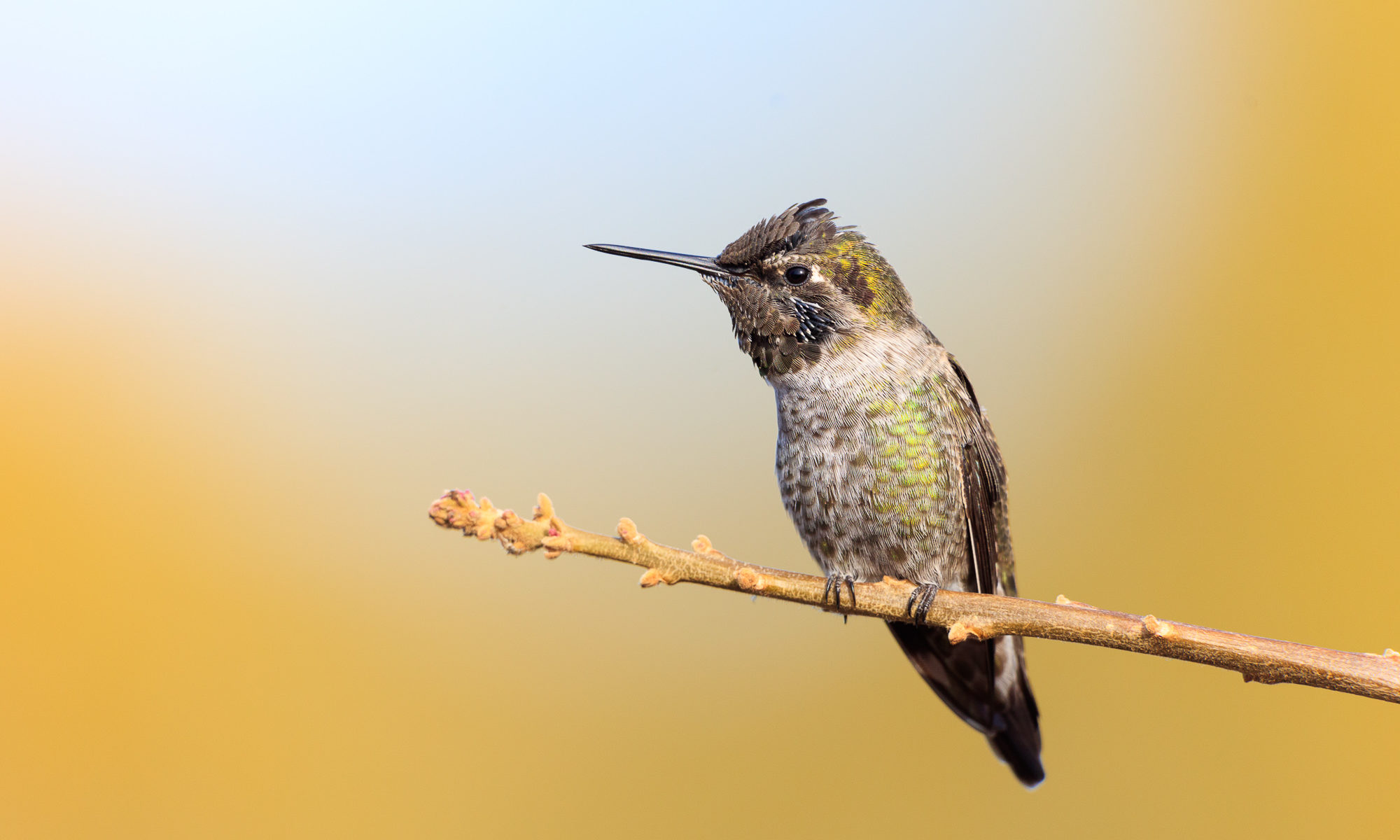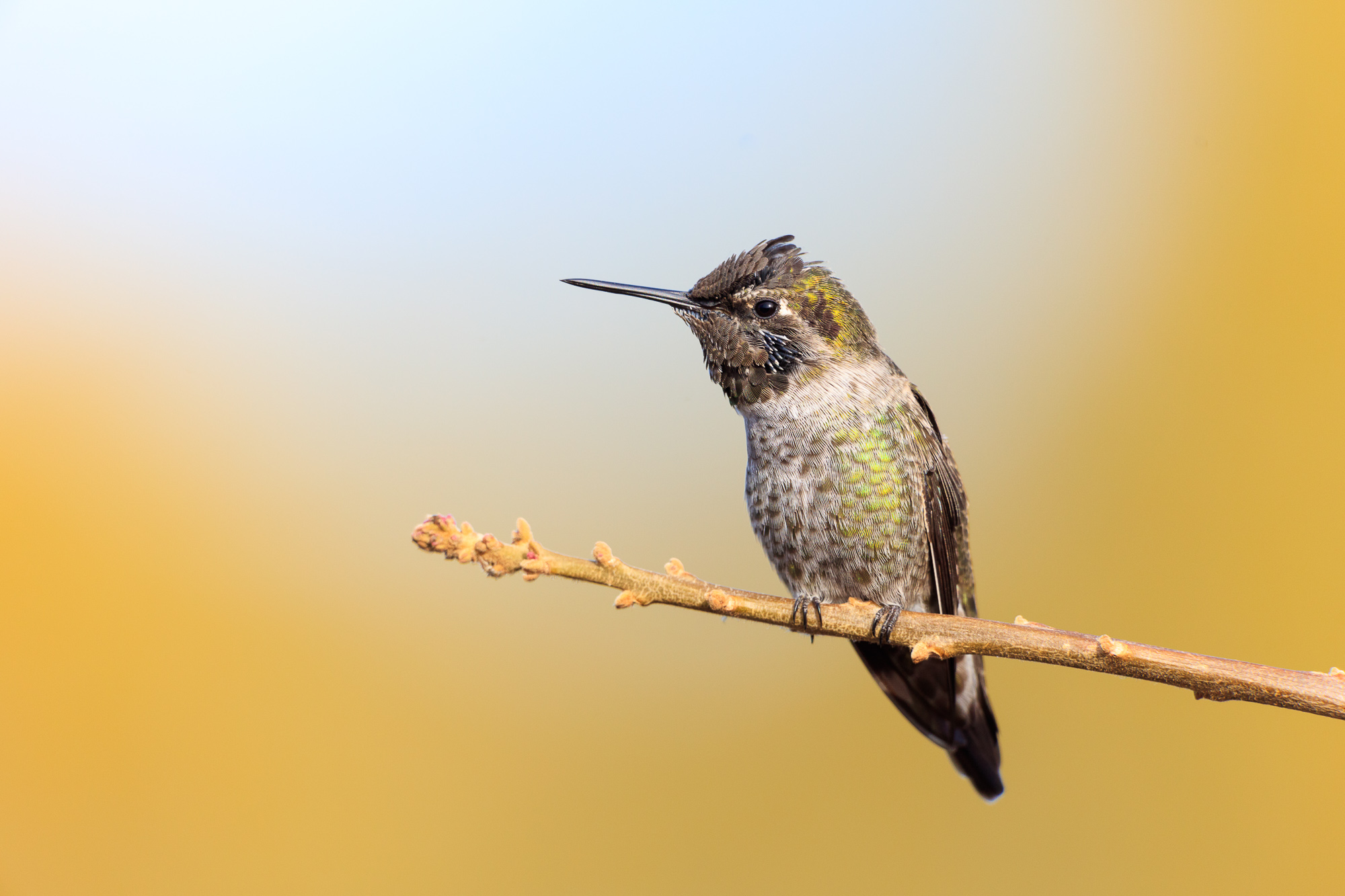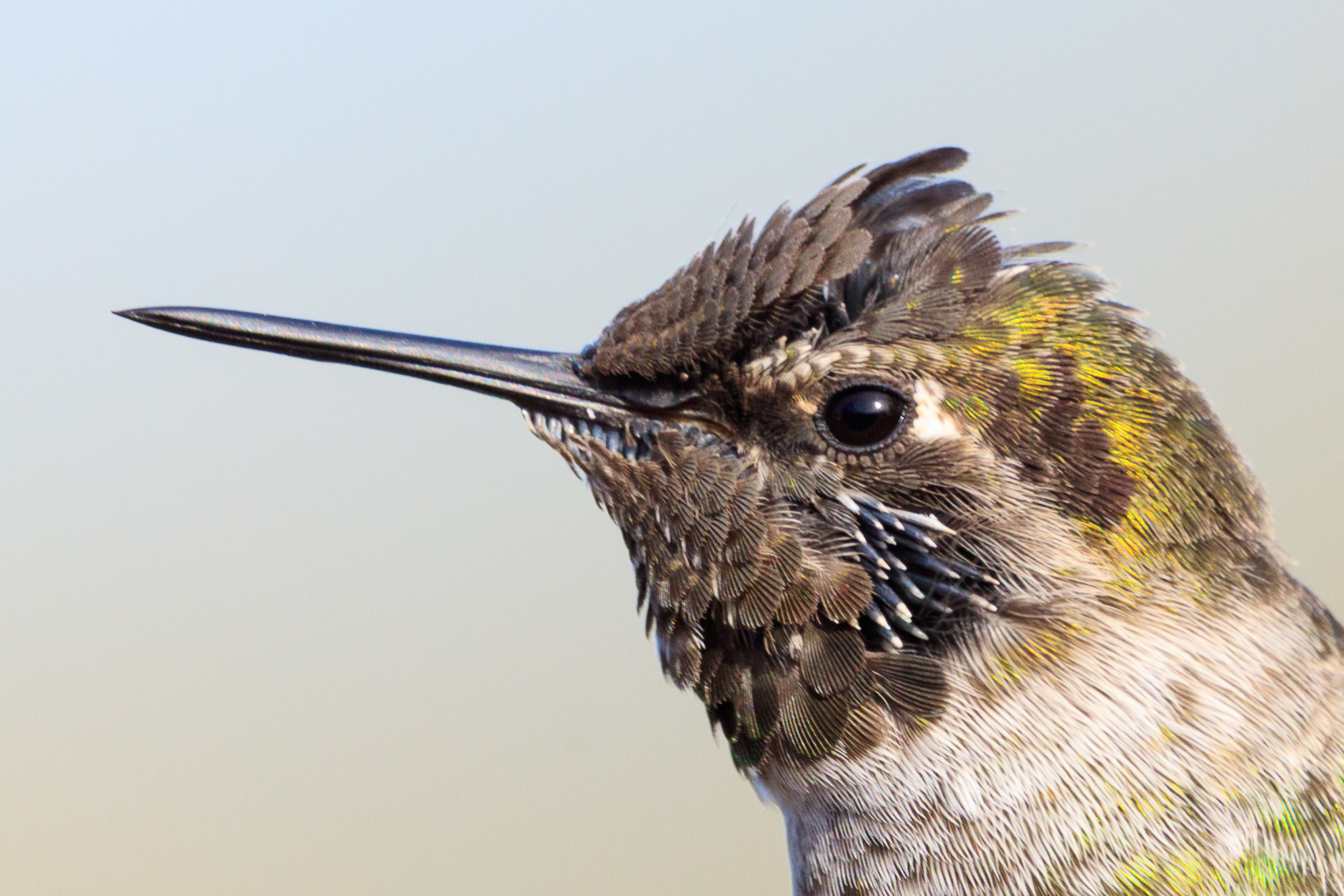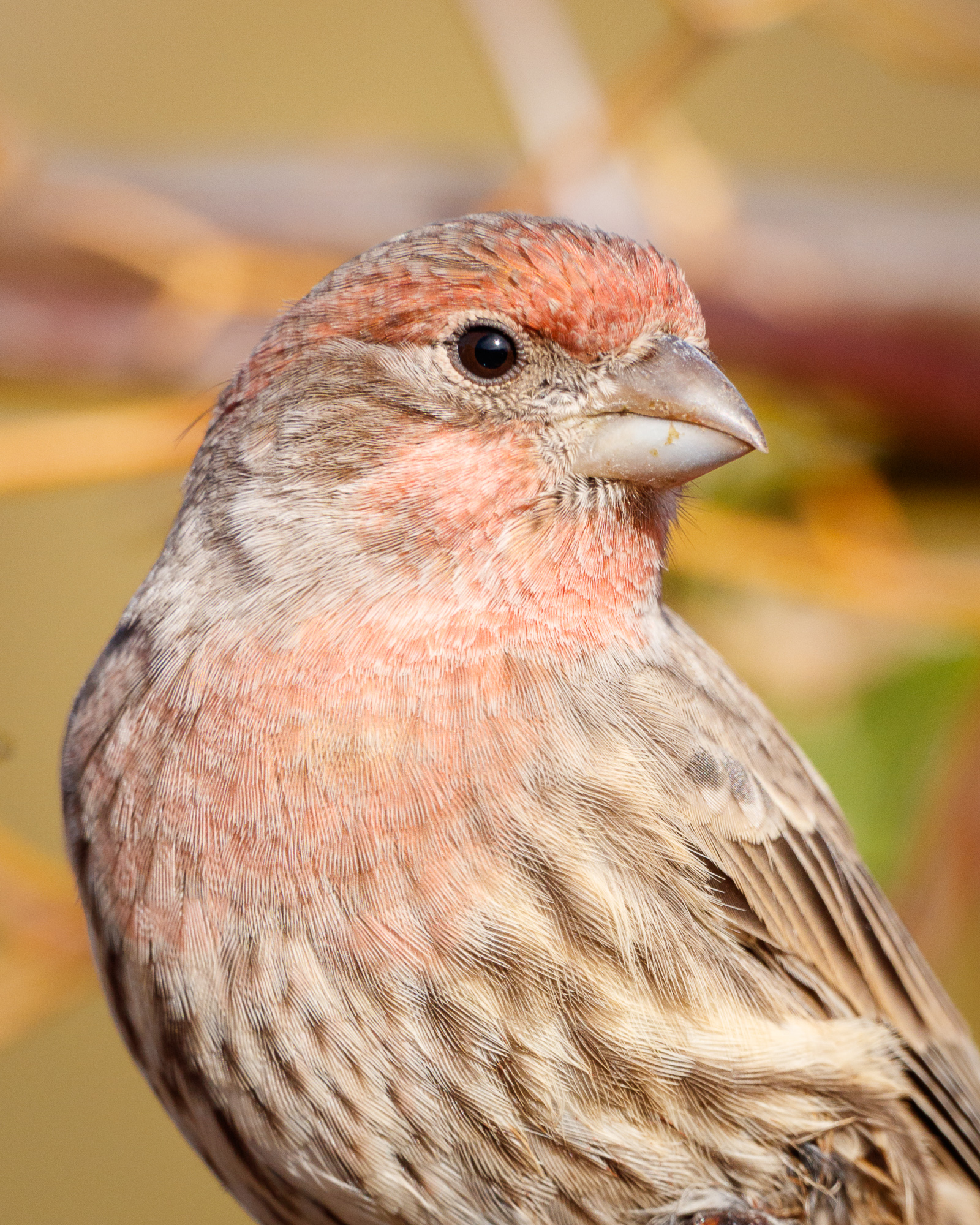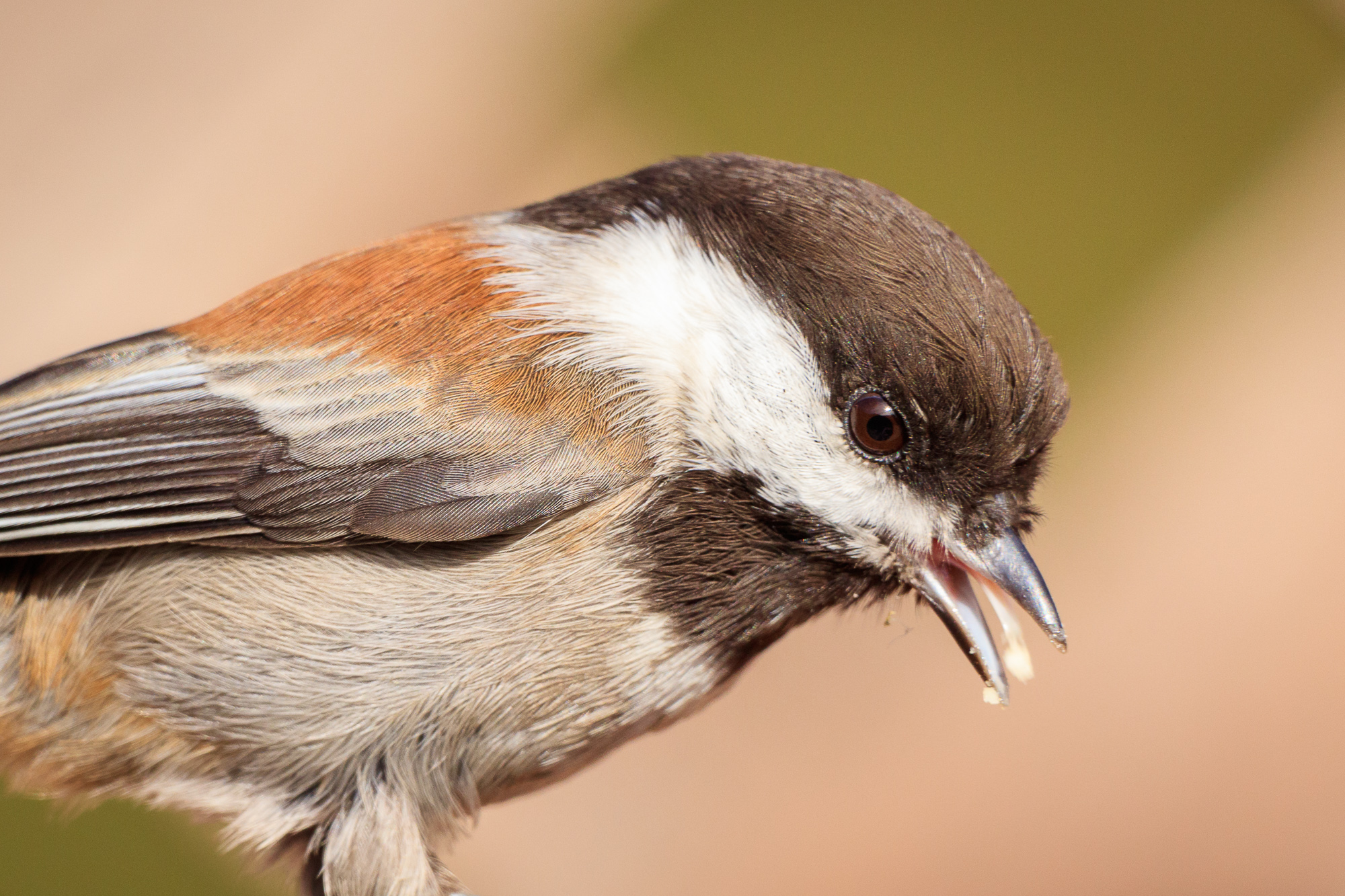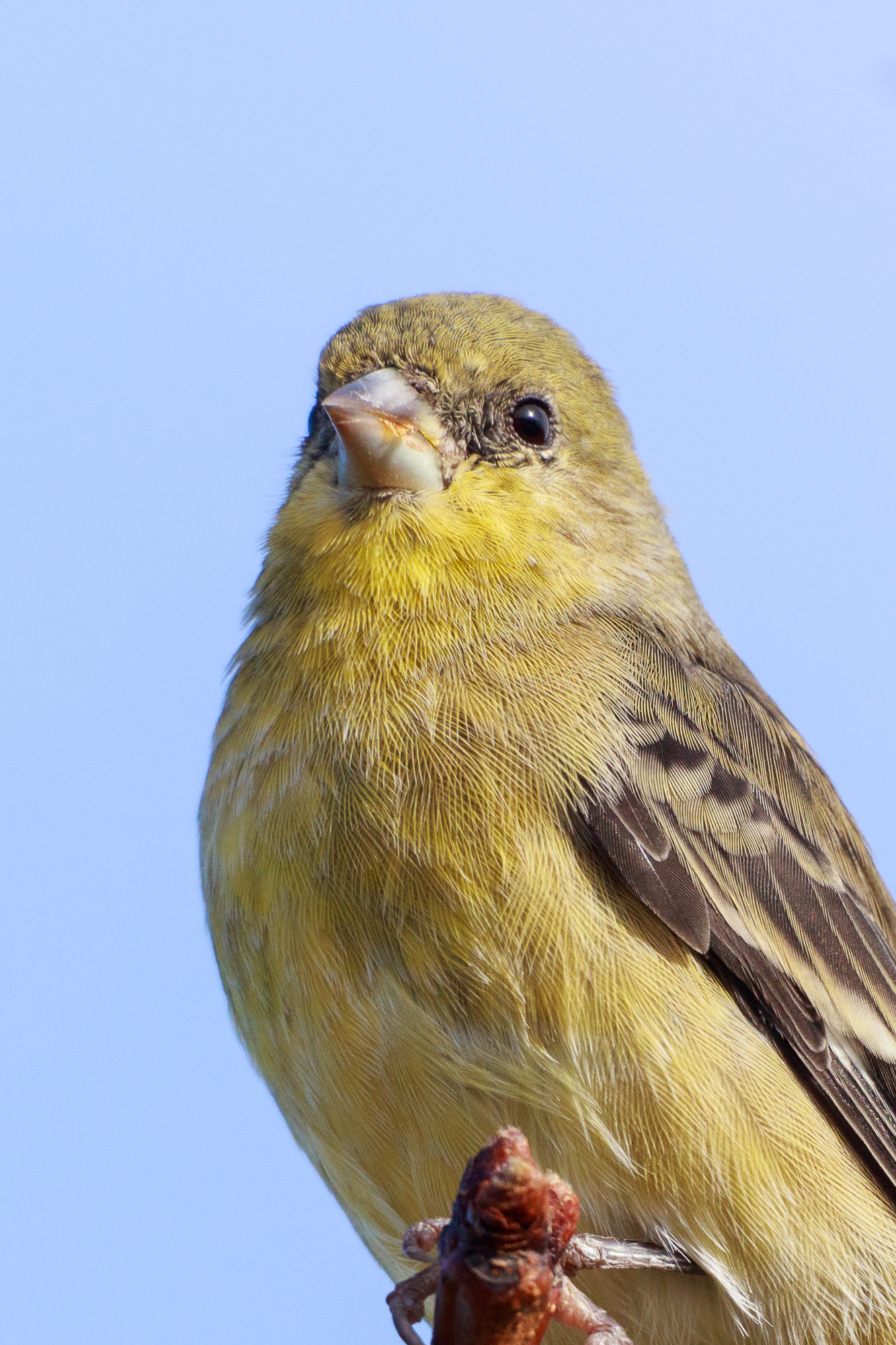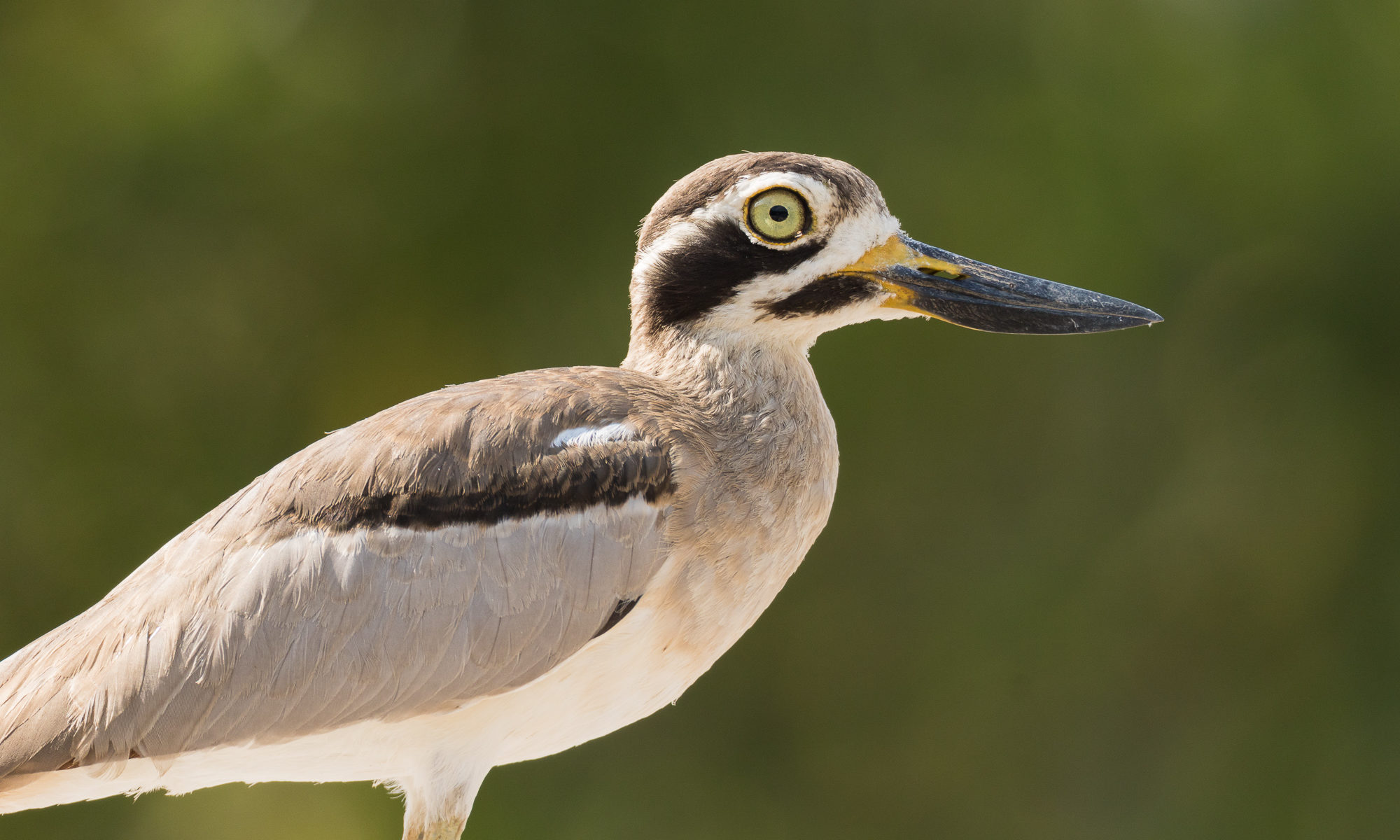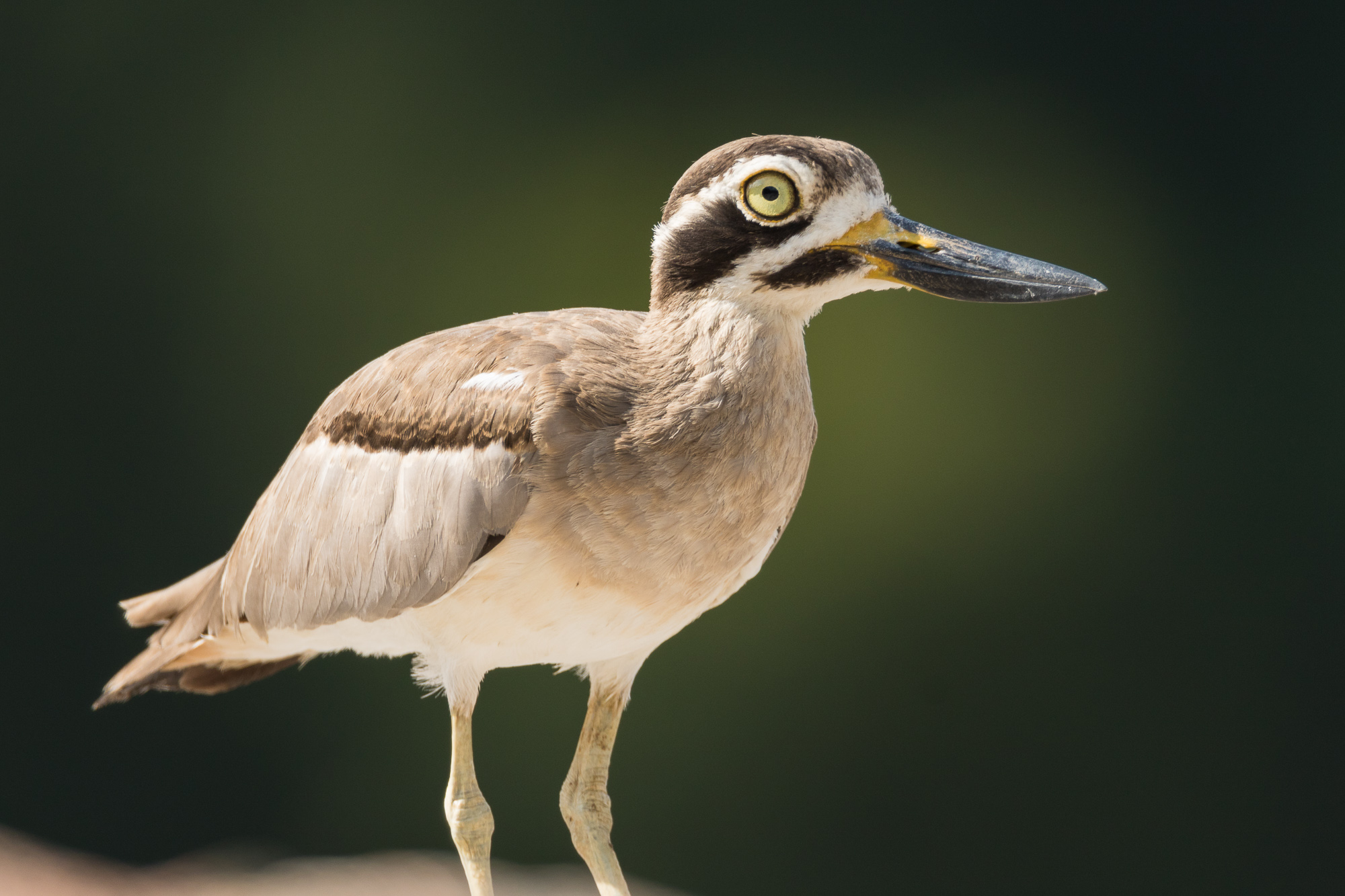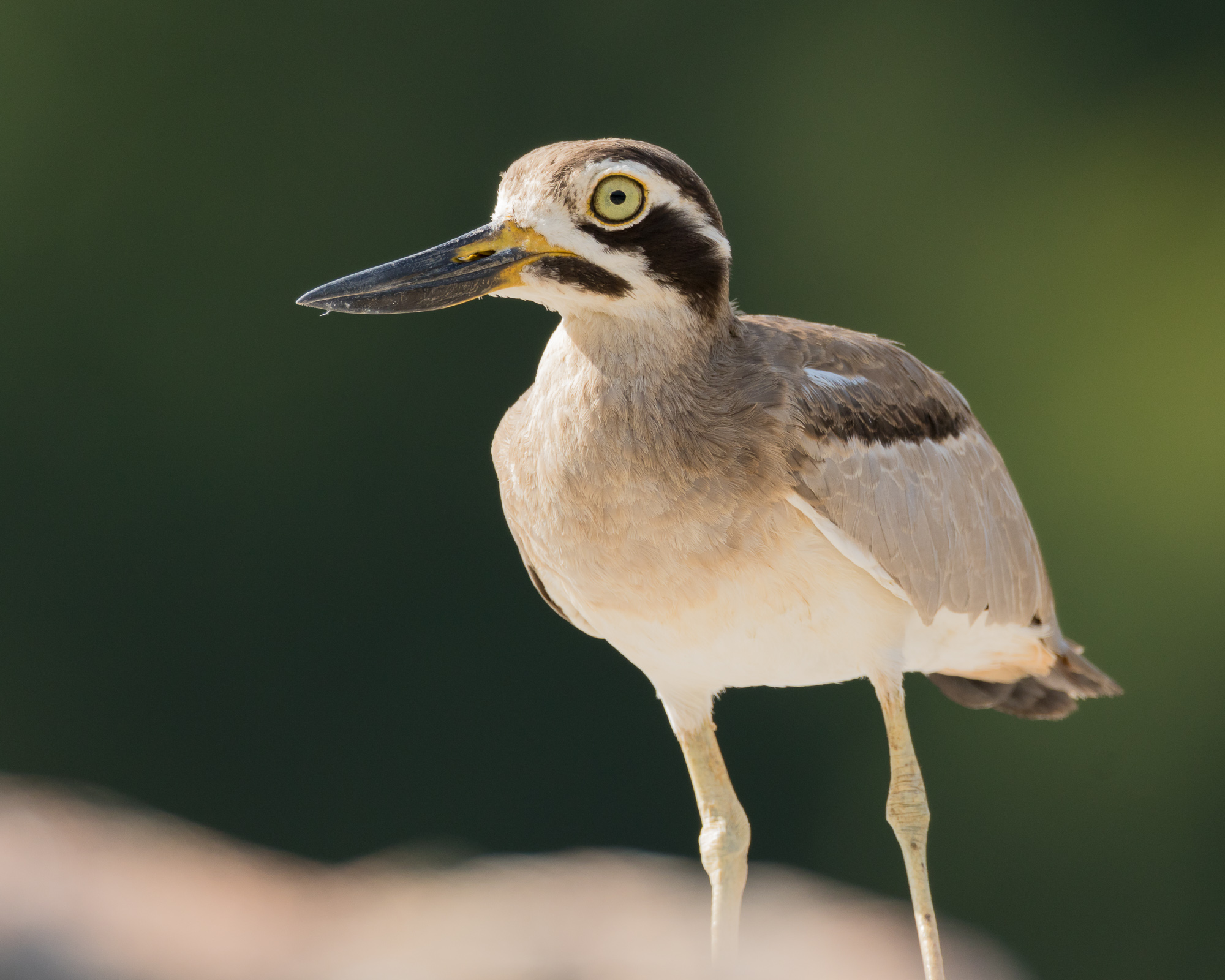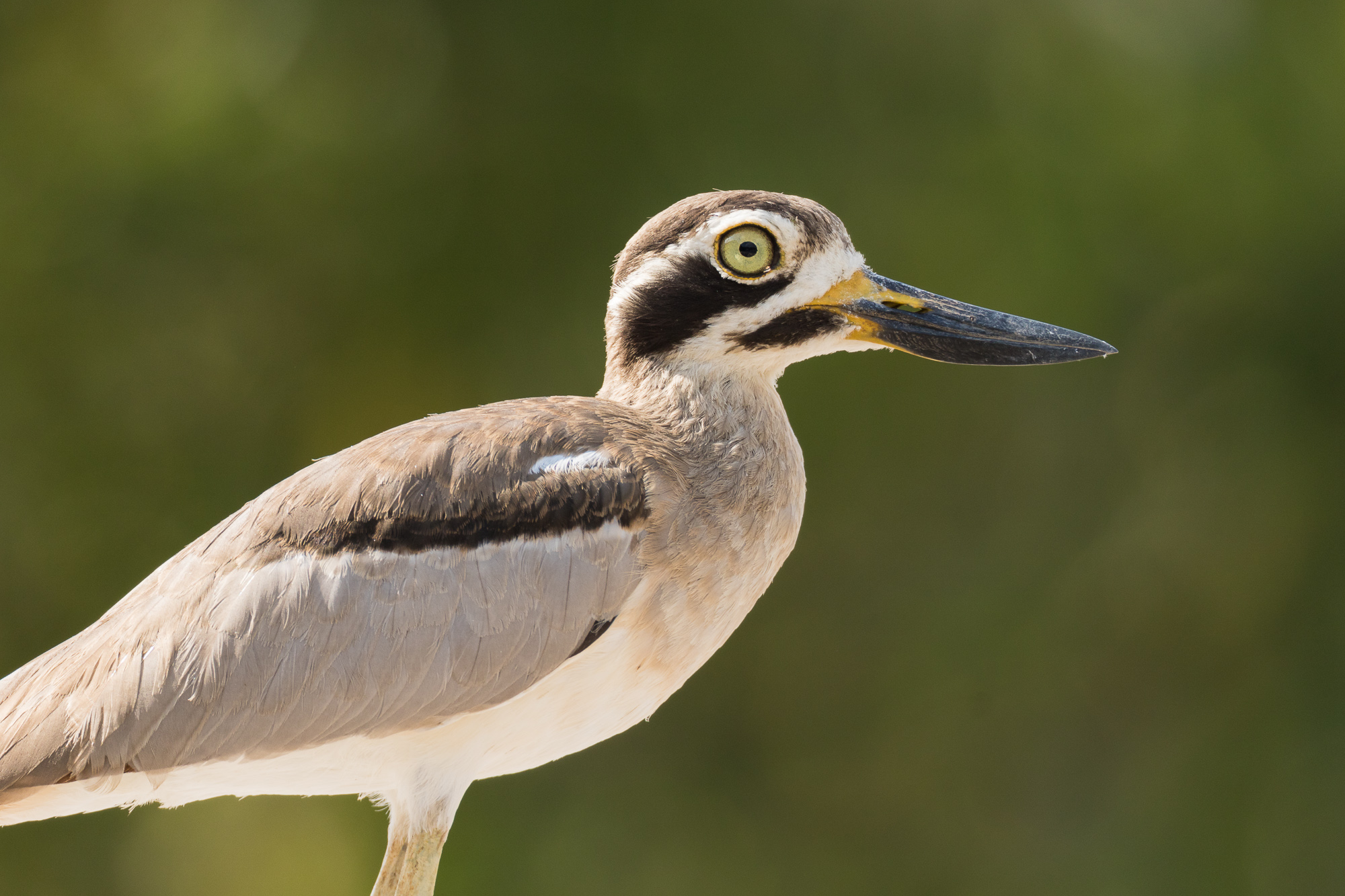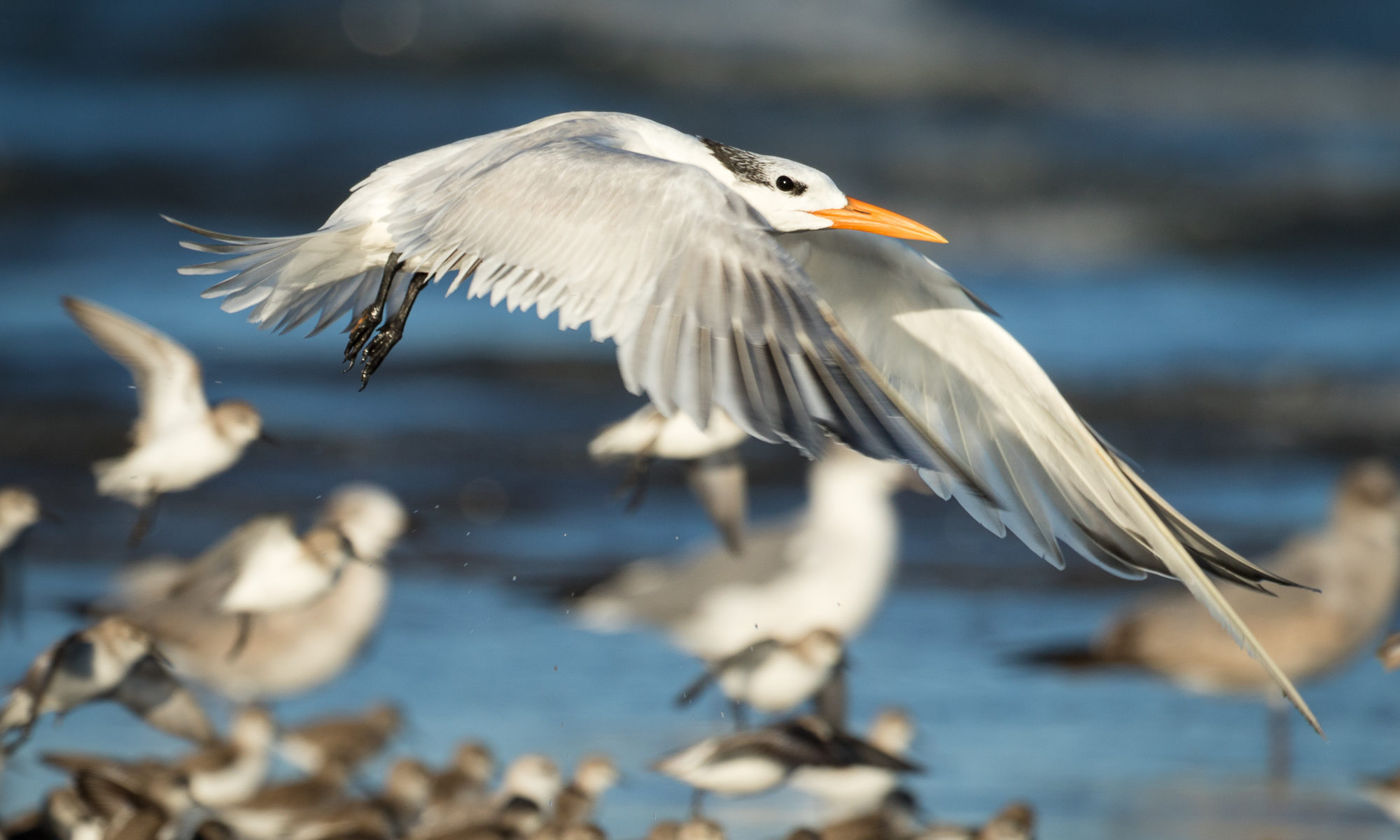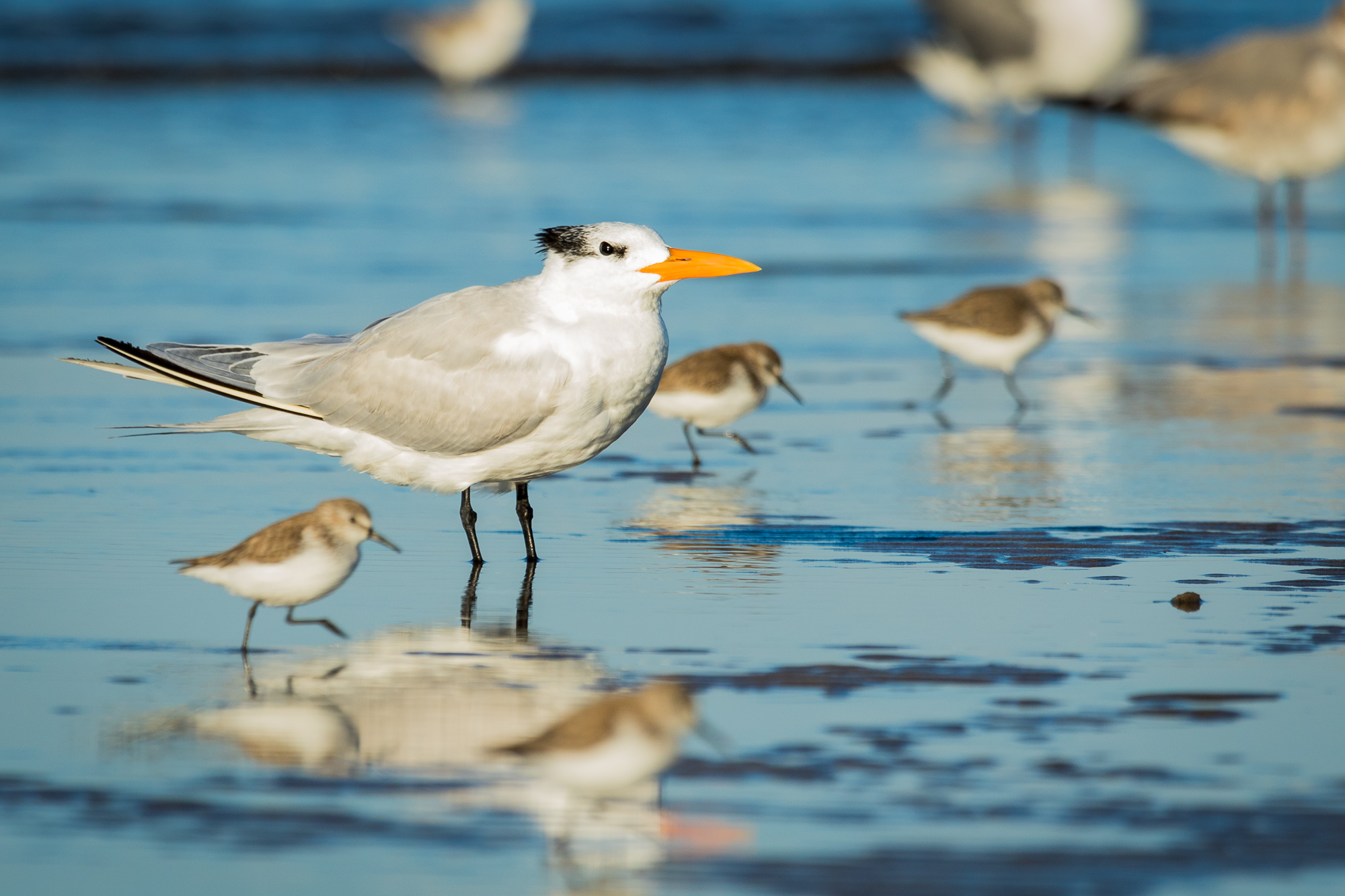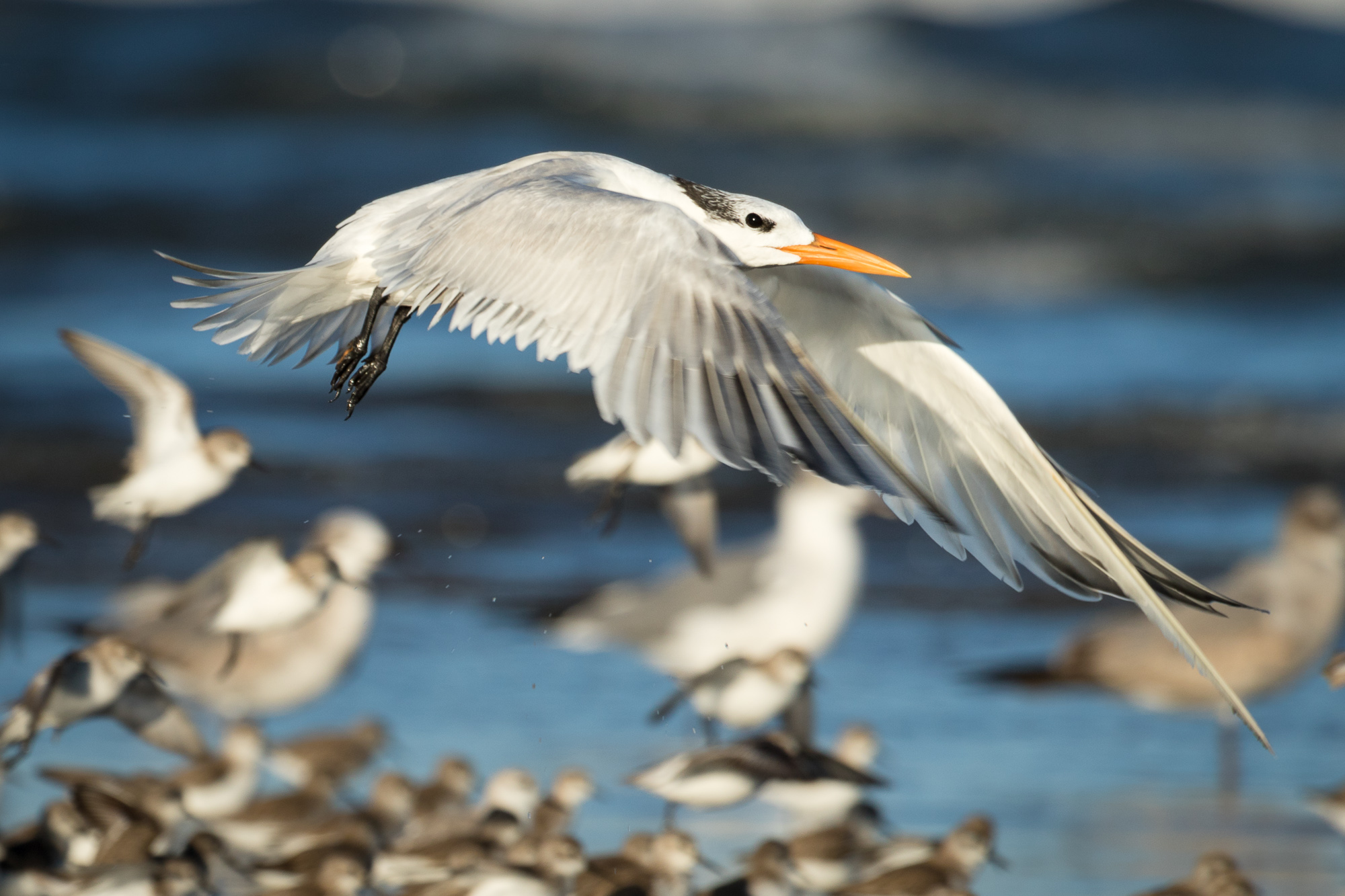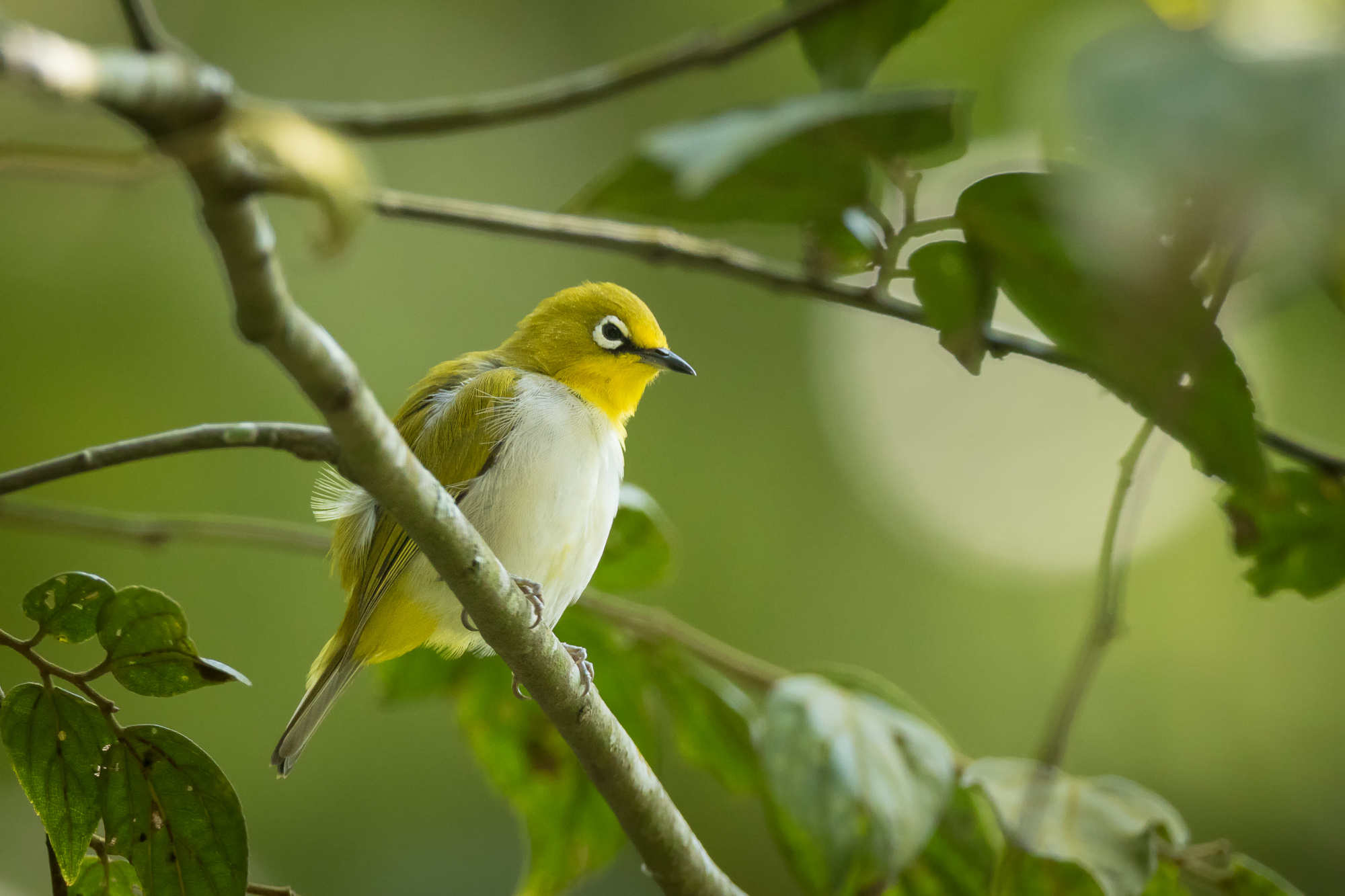
I captured this photo of an oriental white-eye after a difficult (and sometimes frustrating) morning of bird photography in the Nandi Hills, north of Bangalore, India. I was situated in a clearing in the middle of a small area of jungle. While beautiful and diverse, jungles can be incredibly difficult to shoot in, especially if the target is small birds. Due to the density of the foliage, you have to practically be right in front of the birds in order to get a clear shot – there always seems to be something blocking you. In addition, so many small birds spend a great deal of their time high in the canopy, making them all but invisible. The cacophony of their calls only increases the frustration, knowing they are there but out of sight.
However, as usual in wildlife photography, time and patience pays off. Toward the end of the morning, I was photographing on one edge of the clearing, a wall of green in front of me. This little white-eye flew in and started preening, occasionally hopping from one perch to another. I tracked him as best I could through the leaves, until finally he flew onto this open perch. While he was only there for a few seconds, I was ready and was able to capture a couple of frames.
It is always a good idea when traveling far from home to pick only a few spots to do photography, allowing yourself the adequate time to spend in each. I would rather come back from a trip with a few stellar shots than visit more locations but settle for shots that are just okay.

